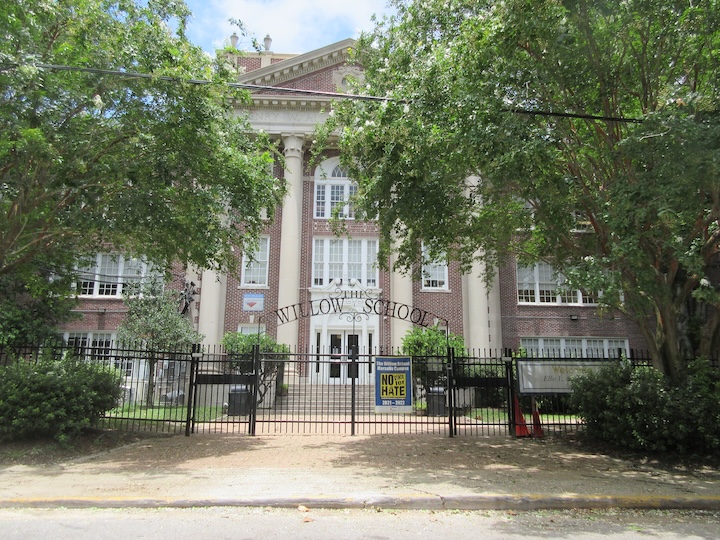This was originally published in The 74.
Twenty years ago tomorrow, Hurricane Katrina destroyed much of New Orleans, including its schools. Students and teachers fled the city — nobody knew how many would return, or where they would live.
The post-Katrina reinvigoration of public education in New Orleans is one of the great stories of that city’s recovery. State and city leaders rethought education one school at a time. The Center on Reinventing Public Education played a part, both by publishing a proposal that city leaders mined for ideas about how to provide schools as kids returned, and by providing research in the first decade of the rebuilding process.
Instead of defaulting to the pre-storm status quo, New Orleans used chartering to build new schools and let their leaders recruit the best combination of teachers and administrators for their students. Schools received real dollars based on enrollment, allowing them to prioritize instruction. Once most schools were open, returning families were able to choose among them. The State of Louisiana built a system of public oversight that allowed schools to differ but monitored student learning equally. It closed the lowest-performing schools and created new ones based on effective models. State education leaders aggressively pursued quality school operators and a more educated teaching force.
As a result, performance improved. City public school students caught up and surpassed others in Louisiana. But problems remained, and test scores still lagged behind national averages. The new charter schools came under criticism for not offering appropriate services to students with special needs. Some low-income families could not transport their kids to the schools they wanted to attend. Parents charged that charter schools expelled challenging students without due process. These issues were addressed via new agreements and resource sharing among charter schools.
While parents liked the academic focus of the new schools and the new teachers hired from across the country (many from Teach For America), they missed the Big Easy feeling of pre-Katrina schools. Teachers who had worked in the public schools before the storm resented having to apply for jobs in the new schools, and grievances over job losses continue to this day.
Now, after having made rapid progress in the early post-Katrina years, academic gains in New Orleans schools have stabilized, as the “no excuses” approach that most of them adopted has proven effective but insufficient in preparing all students for college and solid careers.
Leaders in other cities today, facing political, economic and demographic storms, can learn from New Orleans’ successes and struggles.
First, the positive lessons.
State and local leadership can transform a district. In New Orleans, energy and commitment came not from the federal government, but from local individuals with influence in the state capital. Paul Pastorek and Leslie Jacobs, both New Orleans natives who served on the state Board of Education, persuaded lawmakers to create a new Recovery School District. The federal government and national foundations put their money behind local initiatives, but Louisianans called the shots.
Cities can rebuild schools one at a time. New Orleans got results for students by fostering schools whose leaders and educators shared consistent ideas about learning. They built a system of diverse schools, not a centrally controlled bureaucracy.
How money is distributed and controlled matters. When real dollars follow students, schools are more effective and more equitably resourced. In most districts, an inefficient, opaque financial system hides the actual cost of schooling, hinders decision-making and protects outdated practices.
New opportunities attract teachers and school leaders. A city that gives educators new opportunities can become a magnet for talent. The new charter schools in New Orleans drew a combination of educators from across the country and returning city teachers. As time went on, the majority came from the local community, but resentments against Louisiana’s summary firing of all teachers after Katrina remain unresolved.
Performance accountability and replacing or restaffing low-performing schools can lead to continuous improvement. Tulane University research demonstrates how New Orleans test scores and high school graduation rates rose steadily over several years, both by starting strong new schools and by replacing charter schools that did not work for students. But even though this process helped raise overall performance, it caused churn as families had to switch schools. New Orleans now focuses on restaffing troubled schools or assigning new operators, rather than on creating wholly new schools.
There were, of course, failures and surprises that forced New Orleans leaders to adapt their plans or take unanticipated actions. These hard lessons include:
A local K-12 education system needs organization above the level of the individual school. Local leaders must understand and prevent unfair practices, such as hand-picking the most promising students, expelling struggling kids to raise a school’s test scores and refusing to serve children with expensive special needs. Someone above the school level needs to identify demographic trends, compare schools’ results and rescue students in ineffective schools, stop inequitable practices and ensure students can get transportation to schools of their choice.
After two decades, New Orleans still demonstrates that a central office can perform these functions without eroding school control or creating a compliance mentality. New Orleans also relied on a local independent organization, New Schools for New Orleans, to recruit teachers and promising school providers.
A city shouldn’t put all its eggs in one basket. When New Orleans schools started to reopen, “no excuses” and “college for all” models were widely admired and had new evidence on their side. Results improved but were limited to what only one school model could deliver. To restart the continuous improvement process, New Orleans needs once again to recruit innovative new school providers, including some that offer artificial intelligence-based courses and online resources, use new definitions of the teacher role and teacher teaming, and emphasize both career and college readiness.
Families need good choices near home. After Katrina, New Orleans considered the entire city a single marketplace where students could choose a school without being constrained by location. This pulled some students away from their social and cultural roots in neighborhoods that meant a great deal to many families. Over time, schools paid greater attention to local cultural issues, music, art and student morale, and city leaders tried harder to make sure that all families could choose effective schools near their homes.
Beware a new establishment. Chartering remains New Orleans’ secret sauce, open as it is to new ideas, school leaders and teacher roles. But it needs to be continually used for flexibility, not limited to a set group of schools.
New Orleans faces different challenges now, much like the ones plaguing other cities: stagnating academic performance, persistent post-pandemic learning losses, chronic low attendance, steadily declining enrollment and federal funding cuts. All cities so affected must speed up and deepen learning, motivate students and parents, and find ways to operate on less.
To meet these new challenges, there are new options that were not available in 2005. Charter school providers can open up multiple pathways into college, careers and credentials-focused training for high school students. Charters can operate as portfolio managers of student learning opportunities like internships, dual enrollment in college, community projects and online courses that brick-and-mortar schools can’t provide. They can also serve students with special needs via partnerships with community groups and health care institutions. At the elementary level, new school models can provide in-person adult guidance but let students pursue different learning experiences, depending on readiness and interest. Such schools can be more adaptable and motivating than traditional schools.
Most cities can also improve children’s access to the arts and specialized courses funded through new state voucher and supplemental education services programs.
States can help by enacting laws that make districts ambidextrous — able to charter schools and buy learning experiences from the best sources, as well as operate schools directly. States that find themselves forced to take over collapsing school districts could also follow the New Orleans example by empowering local leaders to create new schools that fit current student needs. Weak state takeovers that put individuals in charge without new powers or strategies for transformation are useless.
There is much to learn from New Orleans’ public education recovery post-Katrina. The core lesson: Public education must always be nimble in response to new challenges and possibilities.




